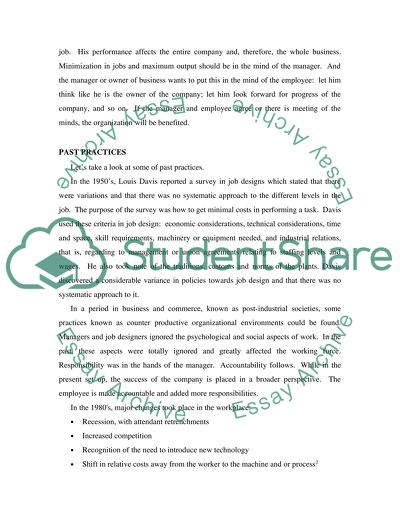Cite this document
(“Job Design and Employee Motivation Essay Example | Topics and Well Written Essays - 4000 words”, n.d.)
Retrieved from https://studentshare.org/sociology/1513119-job-design-and-employee-motivation
Retrieved from https://studentshare.org/sociology/1513119-job-design-and-employee-motivation
(Job Design and Employee Motivation Essay Example | Topics and Well Written Essays - 4000 Words)
https://studentshare.org/sociology/1513119-job-design-and-employee-motivation.
https://studentshare.org/sociology/1513119-job-design-and-employee-motivation.
“Job Design and Employee Motivation Essay Example | Topics and Well Written Essays - 4000 Words”, n.d. https://studentshare.org/sociology/1513119-job-design-and-employee-motivation.


